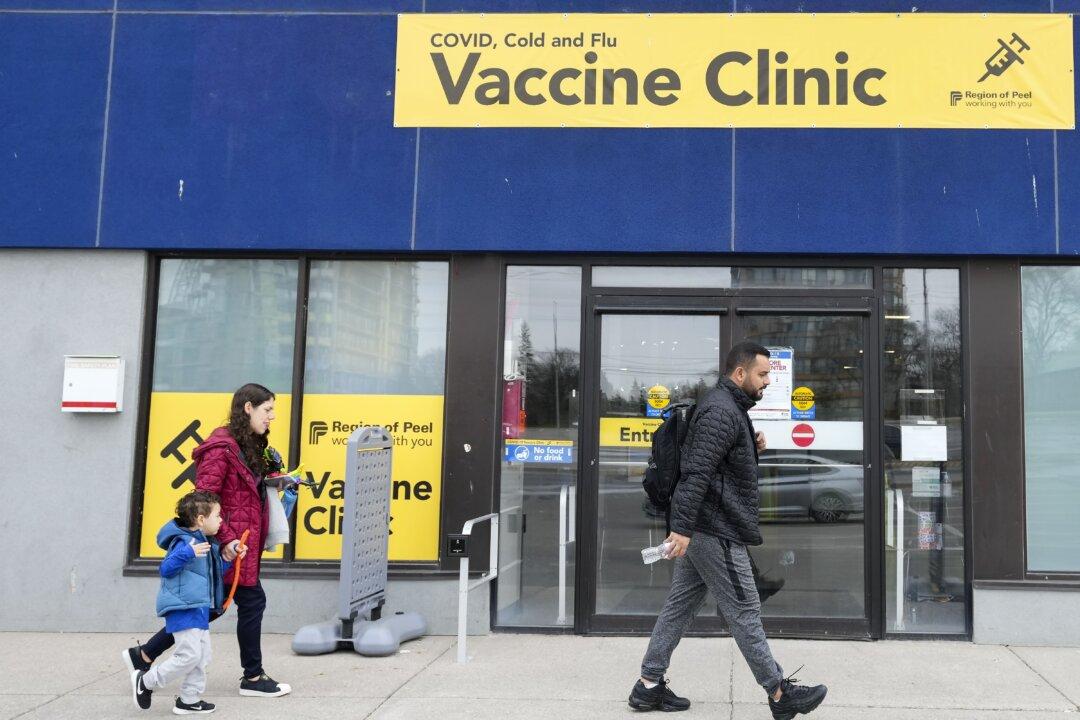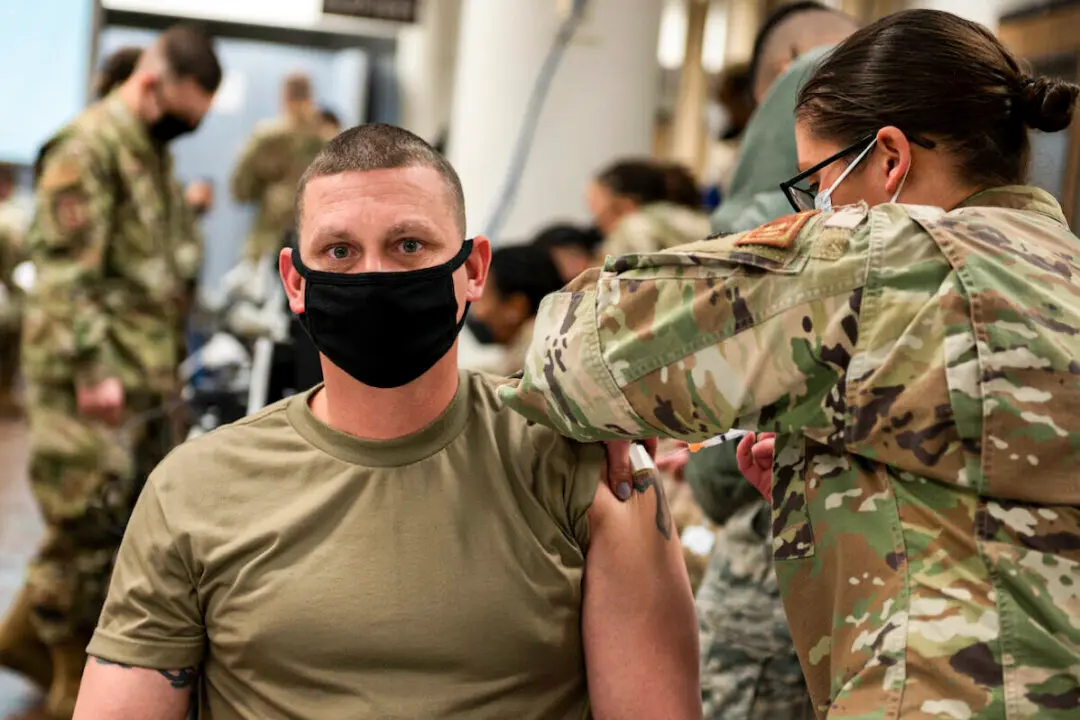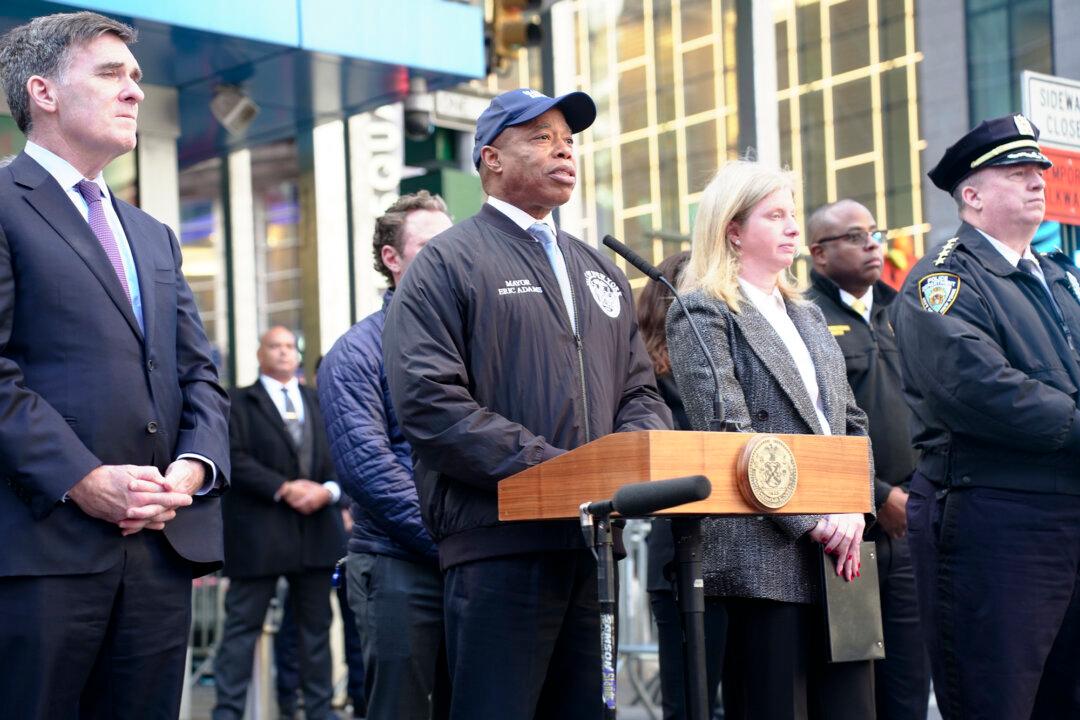As the COVID-19 emergency declaration expires, health care providers and payers face challenges that existed before COVID but were accelerated by the pandemic.
According to George Hill, managing director of Deutsche Bank, the health care industry is facing the same increased costs, inflation, staffing issues, and supply chain problems that other industries are dealing with.





